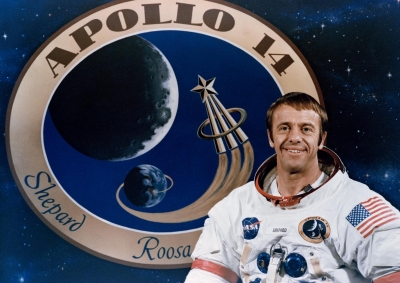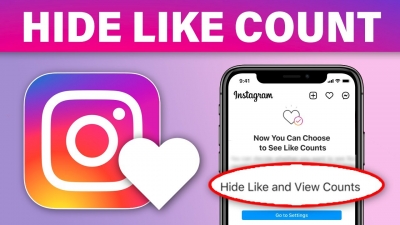
Yes, that credit goes to American astronaut Alan Shepard. He was the first to play golf on the lunar surface. He achieved the feat when he was part of the Apollo 14 mission in 1971. He is said to have hit two golf balls across the surface of the moon with a makeshift club.
Shepard took a few moments during the Apollo 14 landing to show off his hobby during a live broadcast from the lunar surface on Feb. 6, 1971. He took two shots, with the second ball going “miles and mile,” he said on-camera. He was exaggerating, according to new analysis from the United States Golf Association (USGA). Based on data from the crew and a modern-day moon mission, the group found that the first ball traveled 24 yards (22 meters) and the second about 40 yards (37 m). By comparison, a 2019 report using golf tournaments’ gender categories shows that an average amateur male golfer on Earth can drive the ball 216 yards (198 m), and an average female golfer 148 yards (135 m), although those distances have increased significantly since Shepard’s flight. To be fair to Shepard, however, he had more obstacles to contend with than your typical Sunday hobbyist. His golf “club” was actually a modified sample collection device with the head attached to the end. He was also wearing a notoriously stiff spacesuit that forced him to swing with a single arm.
USGA found the lunar golf balls in high-resolution, enhanced scans of the original flight footage of the Apollo 14 mission. The association measured the point between divot and locations where the balls ended up using high-resolution images from orbit taken by NASA’s Lunar Reconnaissance Orbiter, which launched in 2009.
The association used a second technique to confirm the measurements. Some of the images used were photo sequences taken from the lunar module, the astronauts’ landing craft, taken to show the entire landing site to geologists on Earth. USGA stitched the photographs into a panorama to demonstrate the location of the divot and the two balls, which (after taking the new photo enhancements into account) were well within view of the landed spacecraft.
The two balls are also visible in Apollo 14 takeoff footage, but only after applying “a complex stacking technique on multiple separate frames,” according to a USGA Golf Journal story. This means NASA astronauts Shepard and Ed Mitchell likely couldn’t have seen the balls themselves from the spacecraft, either during their time on the ground or when flying away from the moon.
Credit : Space.com
Picture Credit : Google






